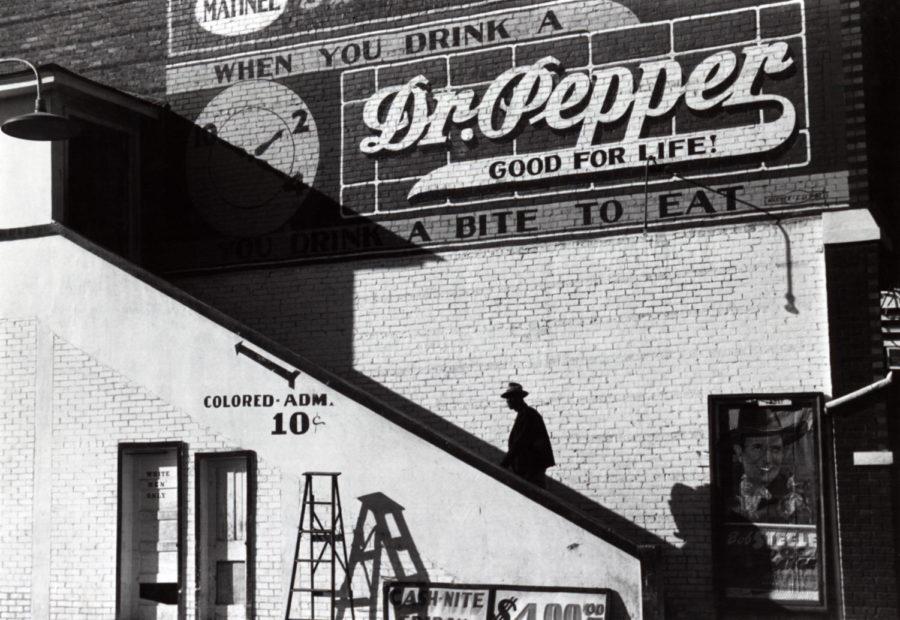Yetley: On race, colorblindness forgets past wrongs and their lessons
Opinion: Racism
August 19, 2012
I heard a conversation between friends the other day about race, and I didn’t get involved. This is my small redemption for what I should have said.
There were several of us there watching the Olympics but the conversation was mainly between two of my friends. One was black and one was white. It started as my black friend said that he mainly cheers for athletes who are black. This upset the other who returned with a short ramble on about how race shouldn’t matter, we should all be colorblind, and cheer for everyone equally. I want to address this term “colorblind” that is mainly used by white people and thought to be socially correct.
Bonilla-Silva defined colorblind racism in his book “Racism Without Racists” as “a racial ideology that expresses itself in seemingly nonracial terms. As such, it is most practiced by people who never see themselves outside their own myopic worldview.” This is a definition as colorblindness in a negative way. I believe that my friend was using the term in a non-racist way, however that has yet to be defined.
I understand where he was coming from when he said he wanted everyone to be equal and really wanted to assert that he himself did not judge based on race. However when white people use that term it is ignoring the struggle that Black, Latino, Asian, Middle Eastern, and other minority groups have to go through daily in the United States. Everyone who is not white has to put up with racism everyday of his or her life.
There is an unacknowledged sense of knowing one is in the majority and therefore the powerful social group. I’ve heard this sense be labeled as whiteness in essays. It seems whiteness has somehow become neutral and people can just forget that they are white; whereas anybody else is reminded of it every day. Stating that we should all be colorblind ignores the everyday racism and the history of segregation that the white race as a majority has put all other minorities though since the birth of our nation in the eighteenth century.
These minorities range from black, to Asian, to Middle Eastern, to Latino, to non-Anglo-Saxon Europeans. The past white majority of our nation put black people though slavery and segregation. During World War II the Japanese population was put in internment camps. Before that the majority of the Native American population was killed while their homes and lands were seized. Currently Latinos are denied citizenship even though families and workers have been coming into our society for over a hundred years, since before there was even an official border to separate the Southwestern region from Mexico.
There is still shame hanging over the head of the present white race from the generations that came earlier. We are not our ancestors, we are individuals. But to forget the history of inequalities in our nation in order to get past that is foolish. We must remember so that we can learn from our mistakes and make better choices from what we’ve learned. This memory must continue until racism is no longer a part of anyone’s life.
So many times I’ve heard someone complain that black people get a whole month dedicated to their history and white people don’t. Or that there is an African American history class or Latino history class and not a white race history class. I would ask those complaining to look at any American history book or high school history book and the majority of whom they will read about are white, rich men that had the opportunity to showcase what achievements they had accomplished.
Without implying that two wrongs make a right, there is some reasoning behind my friend’s small-minded comment about cheering for athletes of his own race. Because of racism and segregation, minorities have had to stick together; they have had no other choice. Minorities were exiled from the rest of society by “Whites Only” signs hanging from store doors and restrooms. Individuals could have chosen to be completely isolated, but numbers yielded protection for them from the harsh reality that racism brought with it. The Ku Klux Klan is only one popular example of the brutality that racism brought onto racial minorities.
The lunch bar protests during the Civil Rights Movement are great examples of what can happen when people move together rather than alone. The lunch bar protests were protests where many individual black people sat down at lunch bars and waited to be served. We wouldn’t think twice about this today, but at that time lunch bars didn’t cater to black people. They would wait much longer than anyone else and sometimes never get served. These protests forced everyone to recognize and acknowledge the injustice going on. Because of the individual action each person took as well as the size of the movement it forced the nation to take notice.
Before the Civil Rights Movement if a single black man walked into a white store to buy a pair of shoes the nicest thing that would happen would be that he was be thrown out. More than likely he would be physically hurt and have derogatory comments shouted at him for simply walking in a room as a black man. And it would never make the news, no one in the mainstream media would bother.
We can not rely merely on media alone to catch every injustice in our world. We must all be conscious and all be working for a better tomorrow. It’s easy to forget privilege if you haven’t done anything to earn it, but others deal with racism every day. To forget that not only undermines their struggle but is denying the reality in which we live in.







